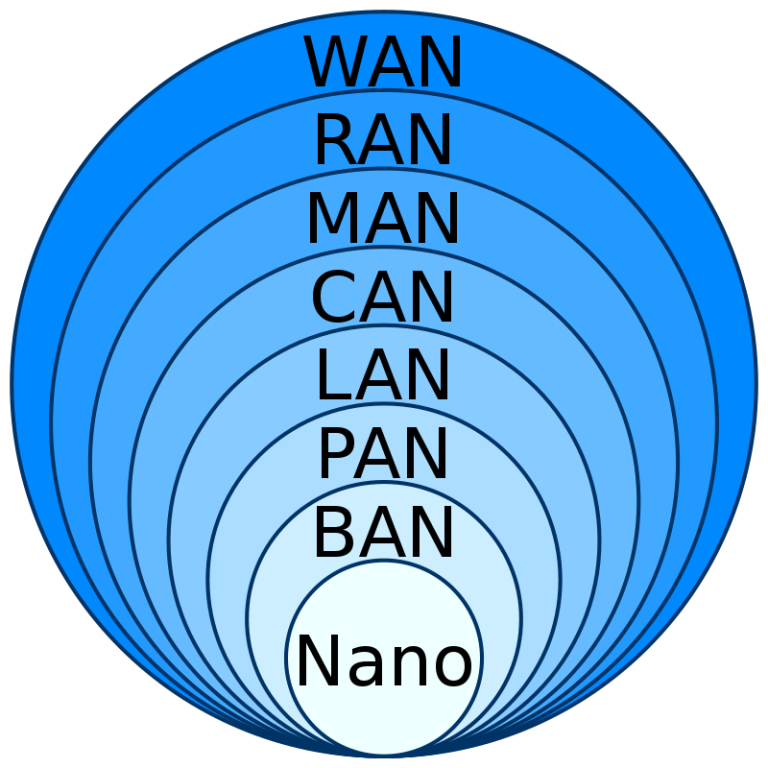Ferro-Frankenstein

I’ll try, if not to describe the principle of operation of the circuit (as stated above), then at least to explain what has changed..
1) Current-limiting resistor R1 was replaced with an incandescent lamp. Which in turn allowed:
a) One way or another, limit the shock current of the charge of capacitor C1.
b) Obtain an indication of the charge of this same capacitor C1.
The fact is that when capacitor C1 is discharged, we have practically “zero” resistance of this circuit, which allows the lamp to be fully illuminated.
When the nominal charge of capacitor C1 is reached, the lamp does not light, which tells us that capacitor C1 (or a battery of capacitors) is charged.
All this happens in a “smooth” manner, and you can see with your own eyes how the lamp slowly goes out.
2) I didn’t bother with shunt resistors for the diodes, because… There were 50A 1000V bridges available and I installed them.
3) A button was added that switches (separates) the charge and discharge of a capacitor (bank of capacitors) on the circuit. In my opinion, this is correct.
4) An RC circuit, R12 and C12, is necessary in order to extinguish the spark (discharge if you want) on the contacts of the button, so that it does not stick, so that it works for a long time.. that’s what they do.. and consider it a snubber..
5) Capacitor C1 was replaced with a battery of capacitors C1-C10, so that it was possible to dynamically control the energy accumulated in the capacitors in manual mode.
6) Shunt resistors on all capacitors are needed to discharge them. For security purposes, if you want…
7) The most important thing.. The gas-discharge lamp was replaced with a lockable thyristor KU202N.. Which also allows you to discharge the battery of capacitors onto the primary winding of the transformer. The replacement was made due to the fact that I do not have IFK-120..
8) The most interesting thing.. A circuit was added that allows you to switch between modes: magnetization and demagnetization..
9) Yes, I almost forgot… a transformer from a microwave oven was chosen as a working transformer.
And so, a photo of the device itself is below:



I'll try to explain the nuances and give some recommendations:
1) Most importantly, the installation works! It works, but not the way I would like it to.. Possible reasons are below..
2) I didn’t find a thyristor, so I installed a solid-state relay, the control circuit has changed a little.. but I would still install a thyristor, in fact.. I don’t really like how the solid-state relay works.. and besides, it does not contain a thyristor, and a triac, + besides, there is a built-in snubber that can produce oscillations on the circuit of the primary winding .. and this is bad ..
3) I took the transformer from a microwave oven… this is not bad… but even so, I would reduce the number of turns of the primary winding, but slightly increase the cross-section of the primary wire.
4) I didn’t remove the original magnetic shunts from the transformer, they are immediately above the primary… this is bad..
5) The cross-section of the secondary was 50 squares… bent… why so much??? The cross-section of the inductance that magnetizes is 25 squares… so it was necessary to wind the secondary…
Result:
1) It works.. that's already good..
2) It doesn’t work the way I wanted.. It’s magnetized, but not so much..
3) Perhaps if you correct the recommendations I’m talking about, it will be better..
Upd: Criticism is accepted! Ready to listen to your opinion..
Thank you everyone,


![How I tried to become a Python developer at 35, and why I [пока] nothing worked out](https://prog.world/wp-content/uploads/2024/07/b2e80b5072a63d14be074ff233652635.gif)

